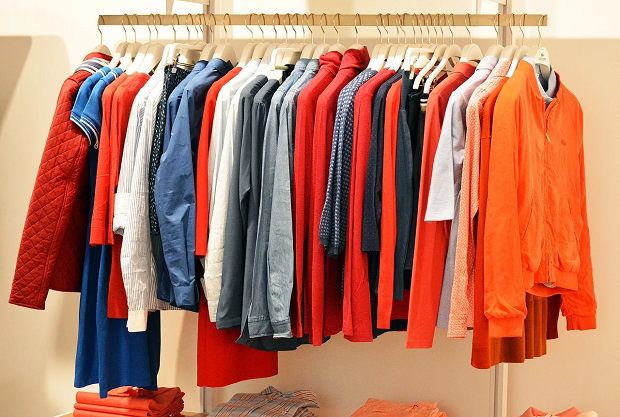Sustainable fashion has seen a surge in interest with influencer mentions increasing by 55% and mentions of secondhand fashion increasing 137%, but fast fashion remains as big as ever with UK influencers, according to new research.
The report from influencer marketing platform Traackr. Traackr’s State of Influence: Fashion report pulls back the curtain to better understand the dynamics behind activewear, luxury, contemporary and fast fashion brands’ influencer marketing strategies and tactics.
The report provides insights into 123 fashion brands, analysing the number of activated influencers, mentions and engagement rates between January and November 2019. Overall brand rankings are also determined by comparing each brand’s respective Brand Vitality Score (VIT), a metric measuring the visibility, impact and trust of a post.
In a bend towards sustainability, mentions of sustainable fashion have increased by 55% and secondhand fashion by 137% amongst influencers between 2018 and 2019. Consumer engagements follow suit, with sustainable fashion posts having increased 150% in regards to sustainable fashion and 106% for secondhand fashion in the same time period.
Yet despite sustainability taking a front and centre approach with UK influencers and consumers, the report finds that fast fashion remains as big as ever with UK influencers, with European fast fashion brands thriving. Among UK influencers, ASOS out performed activewear brands like Nike and Adidas in the number of influencer mentions, ranking first in VIT. Topshop, Zara, and H&M were also among the UK’s top 10 influencer brands last year.
ASOS, Zara, H&M and Topshop activated roughly 4,300 more influencers last year than the average contemporary or luxury fashion brand in the UK.
“Sustainability is a hot topic, which is increasingly reflected in influencer activity. Despite this, fast fashion continues to be a powerhouse in Europe, with European brands such as ASOS, H&M, Topshop, and Zara taking the top spots in terms of activated influencers in the region,” said Pierre-Loic Assayag, CEO and co-founder of Traackr. “ASOS, in particular, performs well across the mid, macro, and top influencer levels in the UK in terms of VIT distribution, showing the power of the brand activating different influencer levels.”
Additional key insights from segments in the report include:
• Activewear Nike and Adidas take the top two spots in the activewear category in the UK, France and the US. However, while Nike and Adidas do the best job at running an efficient program in the US, the brands are outperformed by Under Armour in the UK and France when it comes to influencer loyalty (repeat posts) and content performance (on an individual mention basis).
• Contemporary brands While overall, this category struggles to perform as well as other fashion categories in all three markets (UK, France, and US), mid-tier influencers, are able to generate a lot of success in the UK and France. One brand performing particularly well in the UK is & Other Stories, a contemporary brand with an affordable price-point that is consistent in its on-trend offering. This brand ranks highest in VIT within the contemporary category, and earns a third of its VIT from mid-tier influencers, which is 14% higher than the category average within the UK.
• Luxury Fashion In the luxury category, all three countries only activate about 1% of their influencers in the VIP tier. In France, we see that 28% of the highest performing content comes from mid-tier influencers. The most successful luxury brands in France among mid-tier influencers are Chanel, Yves Saint Laurent and Gucci. In the UK, a third of the VIT comes from VIP influencers for luxury brands. Beyond that, it seems as though macro and top tier influencers have an equal and mighty impact on the luxury category. They both account for roughly 20% of the VIT for the category and have the same engagement rate (2.71%).
To download the full report, click here
